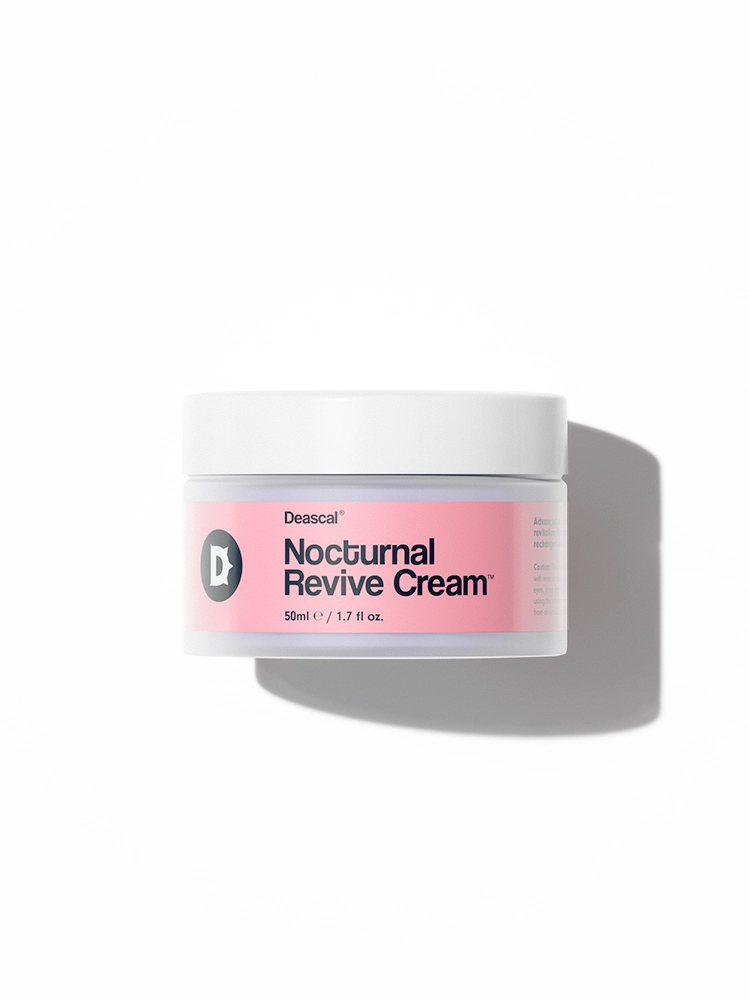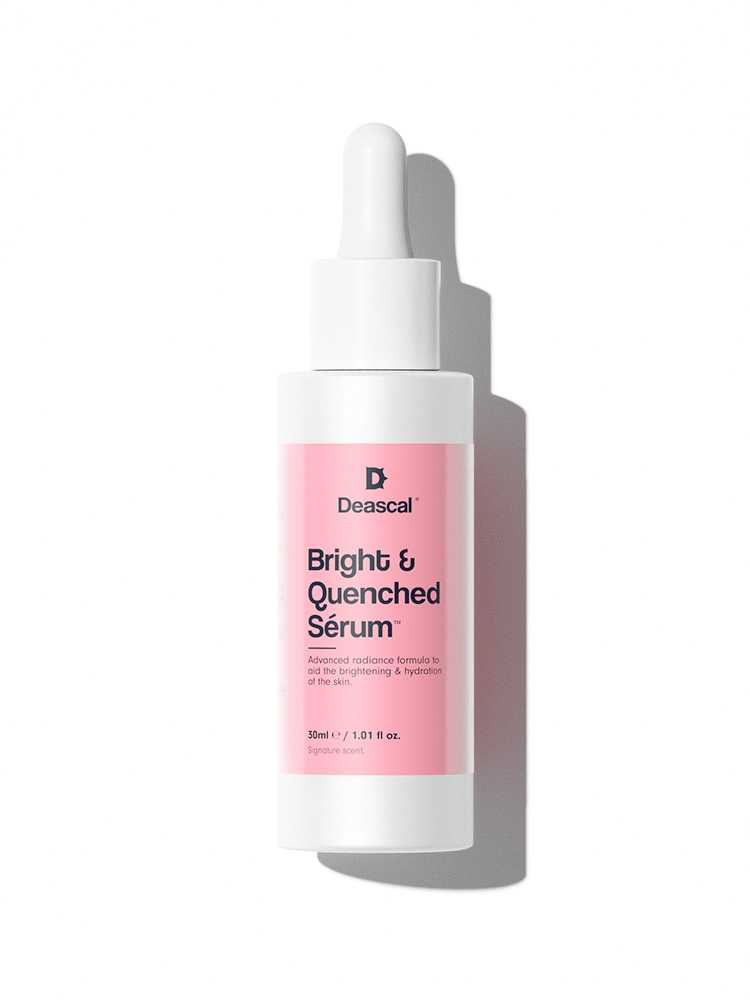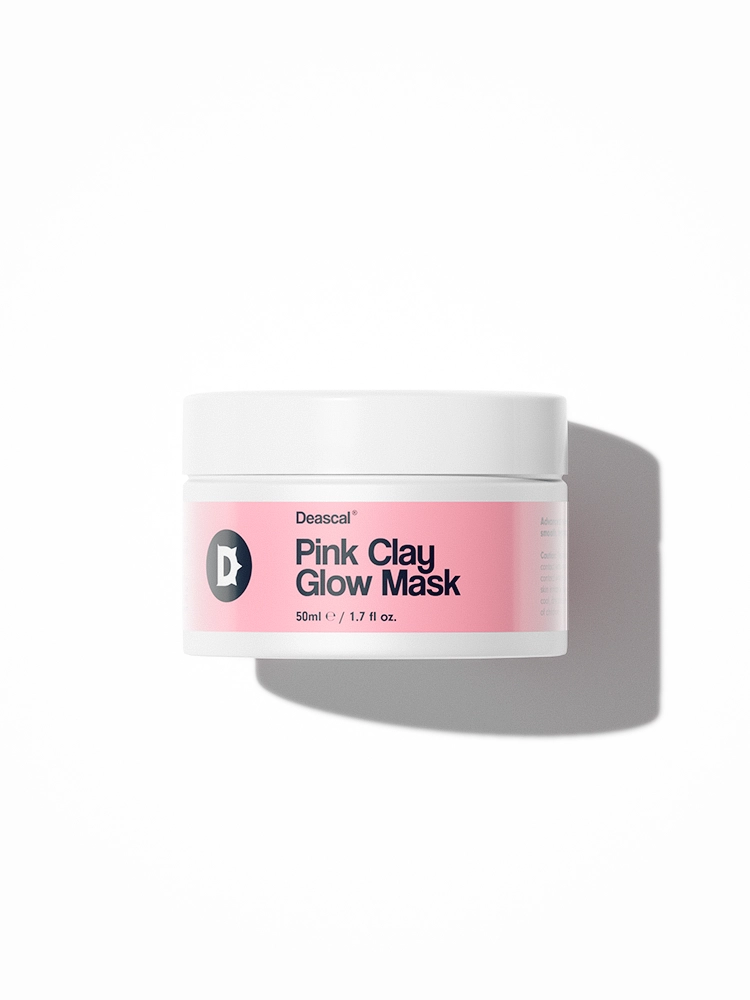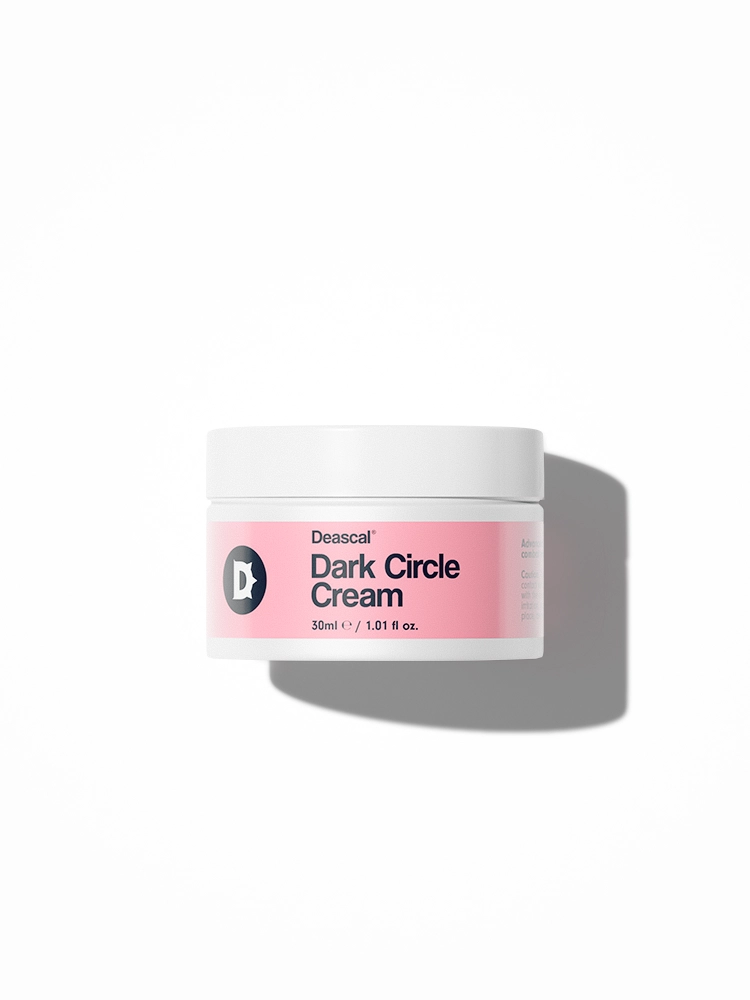What Is 1,10-Decanediol?
1,10-Decanediol, also known as Decamethylene Glycol, is a versatile ingredient primarily used as a solvent in cosmetic formulations. Chemically, it is a diol, meaning it has two hydroxyl groups (-OH) attached to a ten-carbon aliphatic chain. This structure allows it to dissolve a variety of substances, making it a valuable component in many skincare and cosmetic products.
The use of 1,10-Decanediol in cosmetics has a relatively recent history. Initially, it was explored for its potential in industrial applications due to its solvent properties. Over time, researchers discovered that its ability to dissolve other ingredients without causing irritation made it suitable for cosmetic use. This led to its adoption in various formulations, from creams and lotions to serums and cleansers.
The production of 1,10-Decanediol typically involves the hydrogenation of sebacic acid, a naturally occurring dicarboxylic acid derived from castor oil. This process converts the acid into the diol, resulting in a stable and effective solvent. The method ensures that the final product is pure and safe for use in cosmetic applications.
The Benefits/Uses of 1,10-Decanediol
In this section, we will delve into the officially recognized cosmetic benefits and uses of 1,10-Decanediol:
Solvent
1,10-Decanediol is primarily used as a solvent in cosmetic formulations. But what does that mean for you? Essentially, a solvent is a substance that dissolves other ingredients, making it easier to create a uniform and stable product. In the context of cosmetics, 1,10-Decanediol helps to dissolve other ingredients, ensuring that your creams, lotions, and serums have a smooth and consistent texture. This makes the application process more pleasant and ensures that the active ingredients are evenly distributed, enhancing the overall efficacy of the product.
Note: The listed benefits above are exclusively based on the officially recognized and defined functions of the ingredient, as documented by the International Nomenclature of Cosmetic Ingredients (INCI).
Potential Side Effects & Other Considerations
1,10-Decanediol, also known as Decamethylene Glycol, is generally considered safe for use in cosmetic products. However, as with any ingredient, there are some potential side effects and considerations to keep in mind.
- Skin irritation
- Allergic reactions
- Redness
- Dryness
Regarding individuals who are pregnant or breastfeeding, data and research on the topical usage of 1,10-Decanediol during pregnancy are lacking. Therefore, it is advisable for these individuals to consult a healthcare professional for further advice.
Adverse reactions to 1,10-Decanediol are generally uncommon. However, it is always a good practice to conduct a patch test before widespread usage to ensure that your skin does not react negatively to the ingredient.
In terms of comedogenicity, 1,10-Decanediol has a rating of 0, meaning it is considered non-comedogenic. This makes it a suitable option for individuals who are prone to acne, blemishes, or breakouts, as it is unlikely to clog pores.




